Spanish and US Cuba year 1874/1930 Small Collection MH/ Used
The philatelic period for Cuba from 1874 to 1930 is particularly interesting as it covers the final decades of Spanish colonial rule, the brief U.S. Military Occupation, and the early decades of the Cuban Republic.
Here is a breakdown of the key stamp issues for these two distinct eras:
1. Spanish Colonial Cuba (1874 – 1898)
This period falls under the final phase of Spain’s control over Cuba, which ended with the Spanish-American War in 1898. The stamps generally feature the reigning Spanish monarch, though a few “Allegory” designs were issued.
Key Characteristics:
| Period/Topic | Key Issues & Designs | Notes |
| 1874–1880 | Allegory of Peace / Kings Amadeo and Alfonso XII | A distinct set of stamps was issued in 1874 depicting an Allegory of Peace (often female figure holding a staff and olive branch), a notable break from the tradition of exclusively showing the monarch. Later issues returned to depicting King Alfonso XII. |
| 1881–1898 | King Alfonso XII and Alfonso XIII | Issues for the latter part of the 19th century feature the portraits of King Alfonso XII (who died in 1885) and then the young King Alfonso XIII (as a baby, and later as a boy/youth). The designs are consistent with those of other Spanish colonies (Cuba and Puerto Rico often used similar designs, but with different inscriptions). |
| 1898 | Puerto Príncipe Overprints | An important and collectible emergency issue. Local postmaster in Puerto Príncipe (now Camagüey) surcharged remaining Spanish stamps with new values to meet a stamp shortage just before the end of Spanish rule. Caution: These are heavily forged and require expertization. |
2. U.S. Administration and Cuban Republic (1899 – 1930)
This period marks the transition to an independent republic, which was initially overseen by a U.S. Military Government following the Spanish-American War.
Key Issues:
| Period/Topic | Key Issues & Designs | Notes |
| 1899 | U.S. Overprints for Cuba | Following the war, U.S. definitive stamps (featuring portraits like Franklin, Washington, Jackson, Grant, etc.) were hastily overprinted with the word “CUBA” and new values in centavos. These are highly collectible due to their historical significance as the first issues of the U.S. Administration. |
| 1899–1902 | U.S. Administration Definitives | New definitive stamps were issued specifically for Cuba, featuring subjects like Christopher Columbus, the Cuban Royal Palm, the Coat of Arms, or allegorical figures. The inscription often included “Cuba” and sometimes “U.S. Postal Service” or a similar note. |
| 1902 | First Republican Issues | After Cuba’s formal independence, stamps were issued that firmly established the new Republic. Designs often included the Coat of Arms and national heroes. |
| 1905-1930 | Cuban Republic Definitives and Commemoratives | This era saw a diverse range of issues commemorating national figures, historical events, and new developments. Key issues include: |
| – 1910 Definitive Series: Depicting national heroes like Calixto García, Máximo Gómez, and Tomás Estrada Palma. | ||
| – Airmail Stamps (C1, C2, etc.): Early airmail issues become important in the late 1920s. The 1928 Lindbergh Flight issue is a famous example. | ||
| – Commemorative Sets: Celebrating anniversaries of independence, the founding of the Republic, or important national figures. |
General Philatelic Information:
- Catalogue Numbers: The most common references for these stamps are the Scott Standard Postage Stamp Catalogue (used widely in the U.S.) and the Spanish-language Edifil catalogue, which specializes in Spanish colonies and Spain.
- Value: The value of any specific stamp depends heavily on its condition (unused/mint or used/canceled), whether it has original gum, and whether it has any flaws. The 1898 Puerto Príncipe overprints and the 1899 U.S. Overprints often command higher prices due to their historical nature and the rarity of certain varieties or errors.


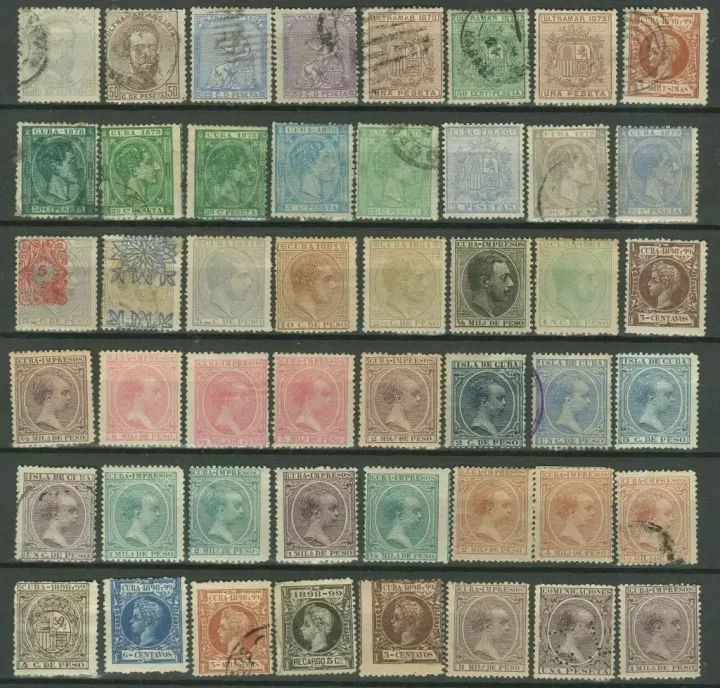

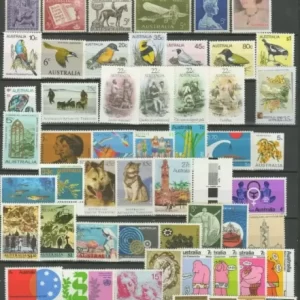
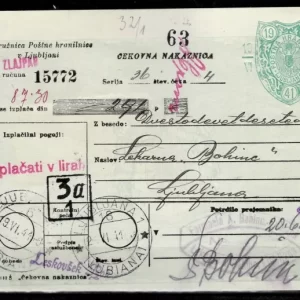



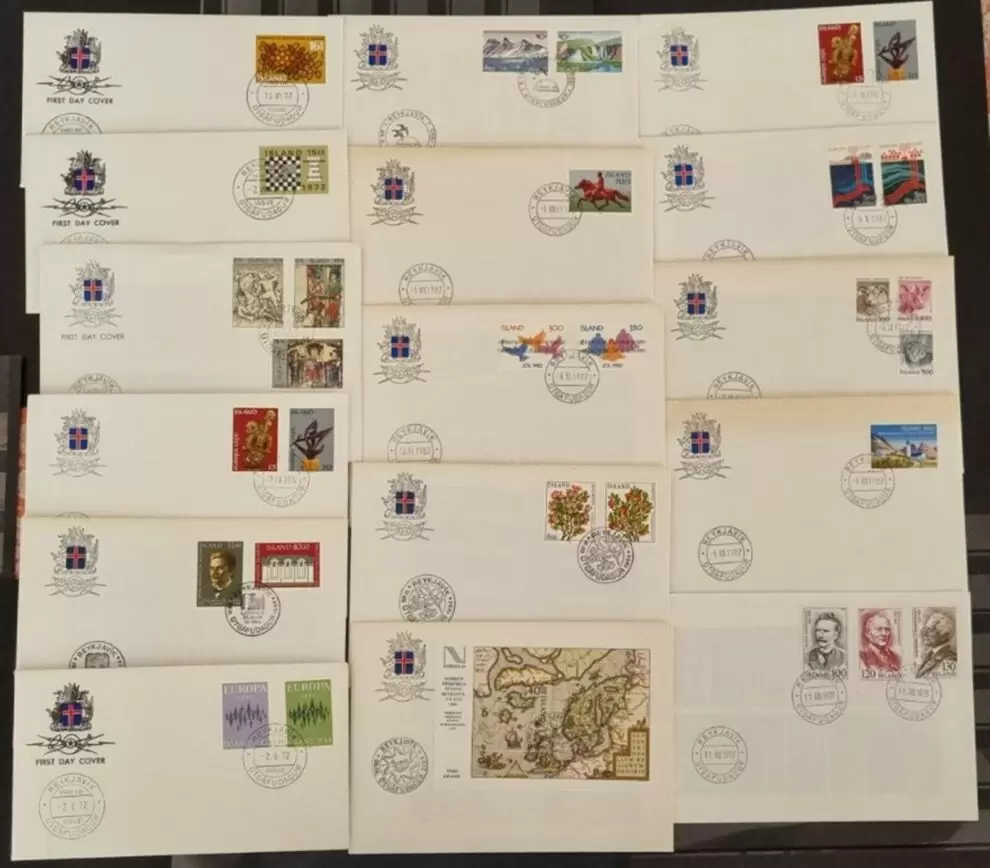
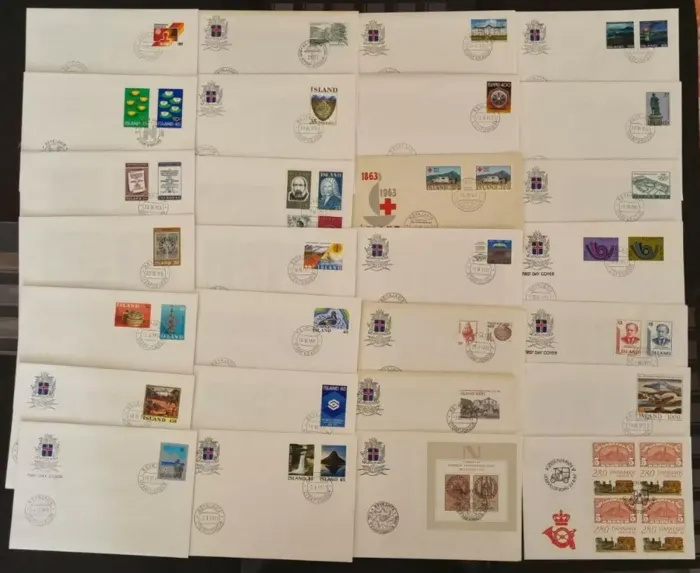
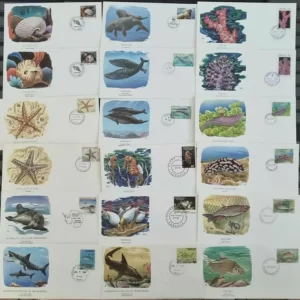
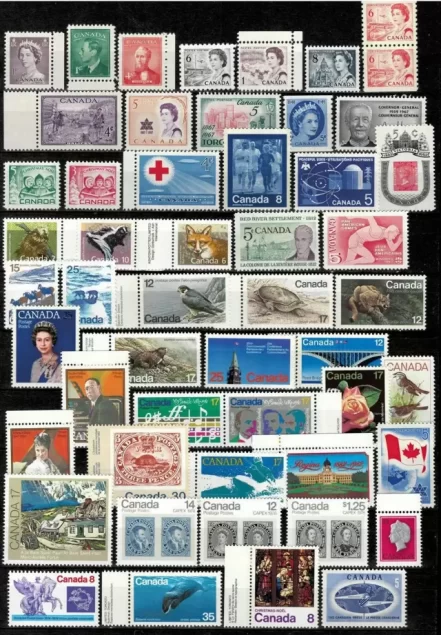
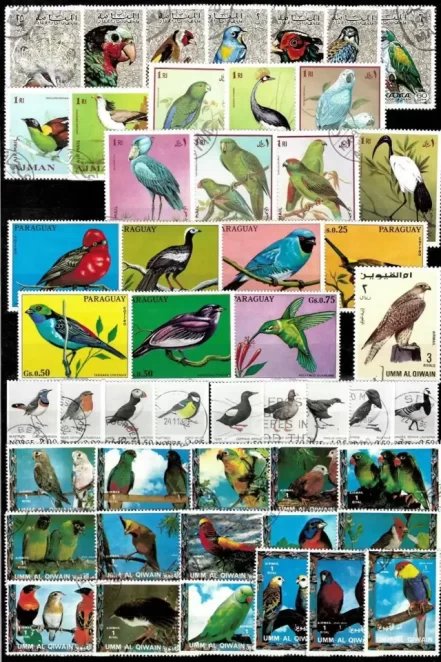

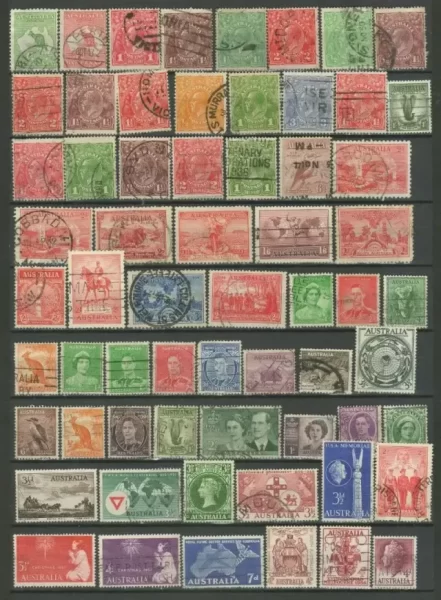
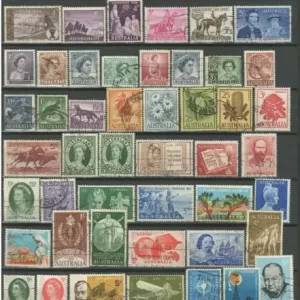
Reviews
There are no reviews yet.